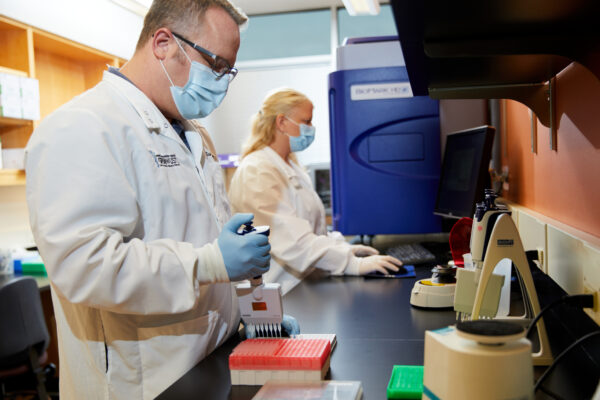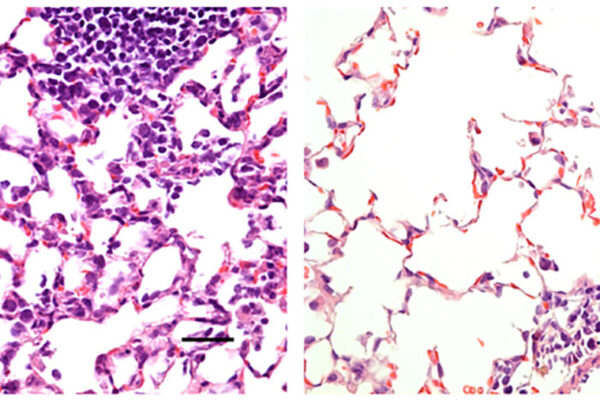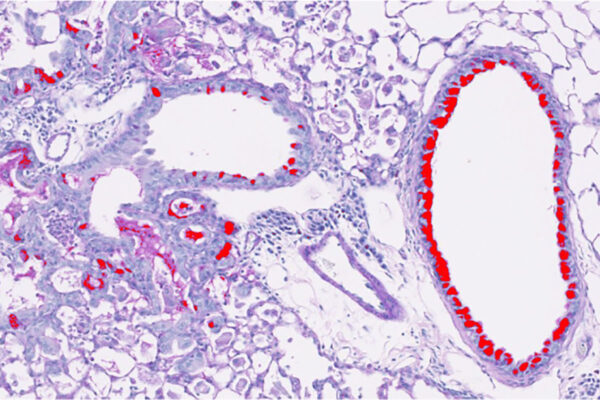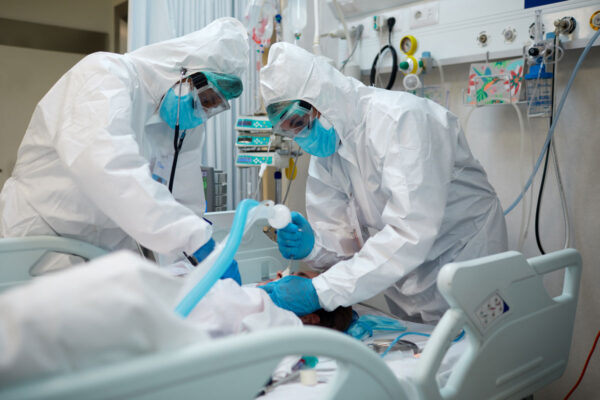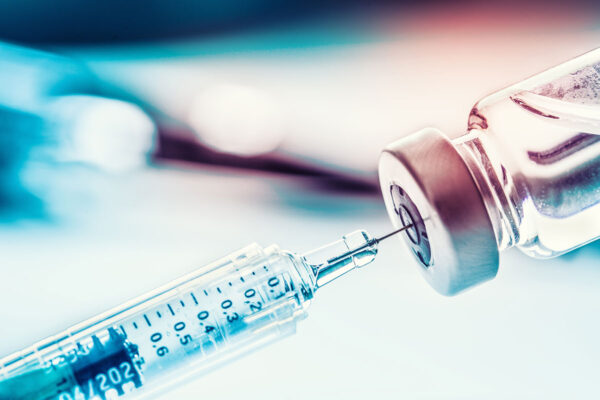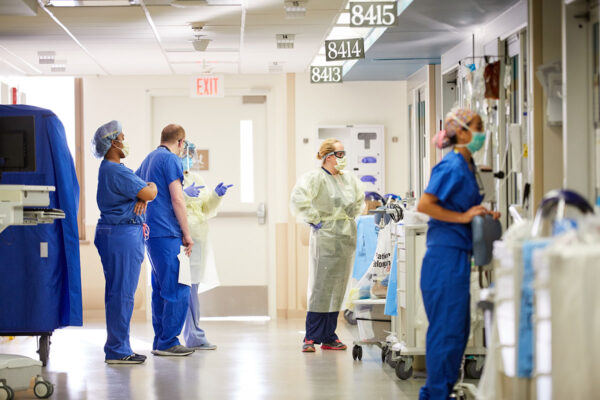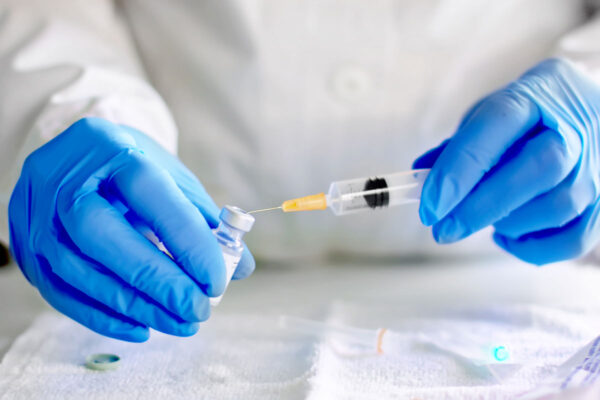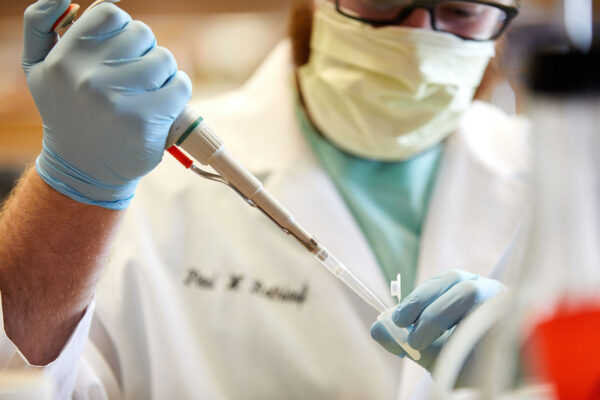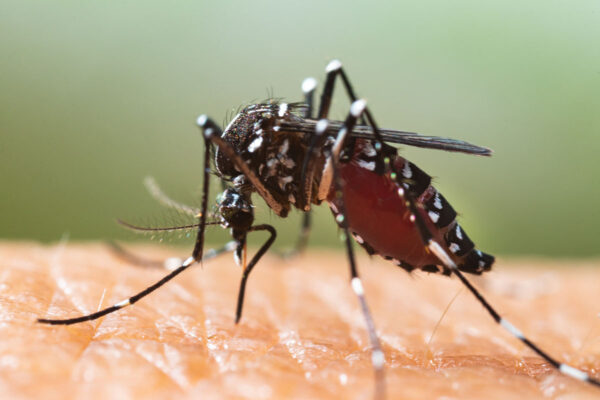Washington University develops COVID-19 saliva test
Washington University School of Medicine in St. Louis has developed a saliva-based test for COVID-19 that is faster and easier than the swab tests currently in use. The test could help simplify and expand the availability of COVID-19 diagnostic testing across broad populations.
African American children with autism experience long delays in diagnosis
A study led by researchers at Washington University School of Medicine details the nature of delays in autism diagnoses for African American children. Such delays can result in significant consequences for young children and their families.
Nasal vaccine against COVID-19 prevents infection in mice
Washington University School of Medicine scientists have developed a vaccine that targets the SARS-CoV-2 virus, can be given in one dose via the nose and is effective in preventing infection in mice susceptible to the novel coronavirus.
Drug development for severe respiratory diseases supported with $3.9 million grant
School of Medicine researchers have received a $3.9 million grant supporting new technologies and therapeutics to advance a drug to treat debilitating lung diseases, including asthma and chronic obstructive pulmonary disease. The research is led by Michael J. Holtzman, MD.
Clinical trial focuses on reducing overactive immune response in COVID-19
School of Medicine researchers are investigating whether a drug approved by the Food and Drug Administration to treat rare diseases of an overactive immune system could help critically ill patients hospitalized with COVID-19.
Vaccine prevents pneumonia, elicits high levels of protective antibodies
Researchers at Washington University School of Medicine in St. Louis have created a COVID-19 vaccine candidate from a replicating virus. This experimental vaccine has proven effective at preventing pneumonia in mice.
Boosting immune system a potential treatment strategy for COVID-19
New research from Washington University School of Medicine suggests that the immune systems of seriously ill COVID-19 patients can’t do enough to protect them from the virus. The researchers propose that boosting the activity of immune cells may be a good treatment strategy for COVID-19.
COVID-19 vaccine trials to be conducted at Washington University, Saint Louis University
Researchers at Washington University School of Medicine and the Saint Louis University Center for Vaccine Development have joined the effort to find a COVID-19 vaccine that can prevent the illness. Researchers at the universities expect to enroll about 3,000 participants in several COVID-19 vaccine trials.
Lab-made virus mimics COVID-19 virus
To help efforts to find drugs and vaccines for COVID-19, researchers at Washington University School of Medicine developed a hybrid virus that will enable more scientists to enter the fight against the pandemic. The researchers genetically modified a mild virus.
Gut bacteria protect against mosquito-borne viral illness
A new study from Washington University School of Medicine has found that mice infected with Chikungunya virus get less sick and are less likely to transmit the virus to mosquitoes if they have healthy gut microbiomes.
Older Stories
